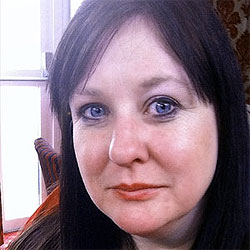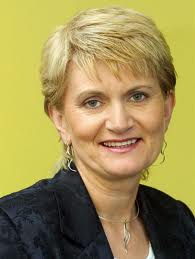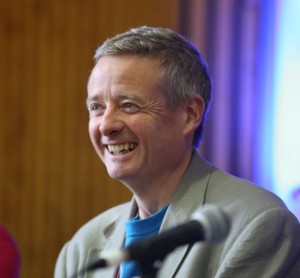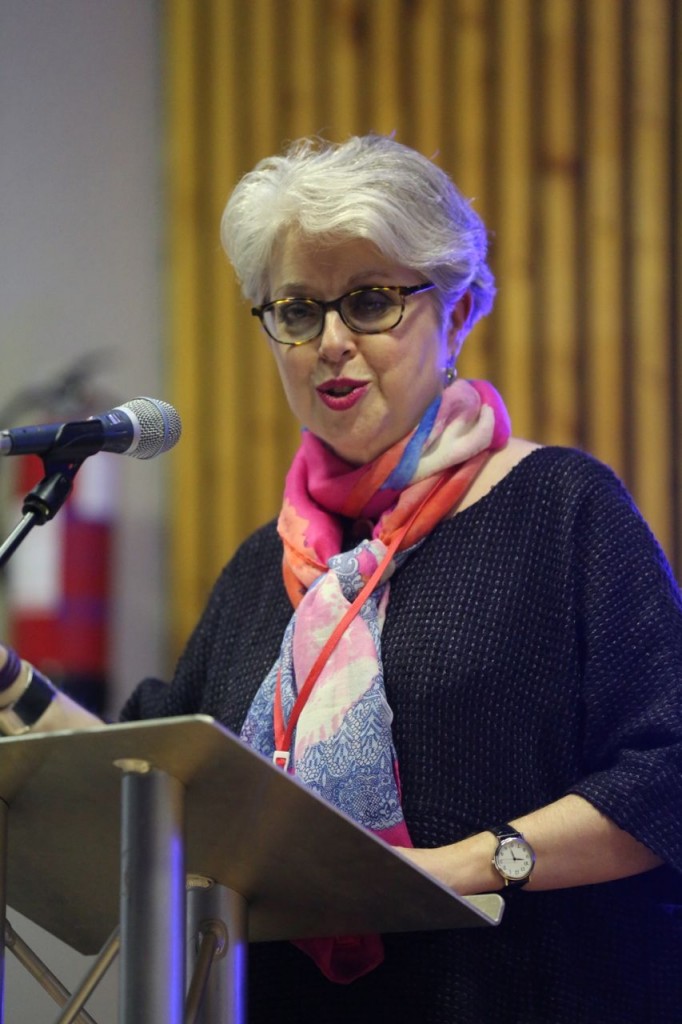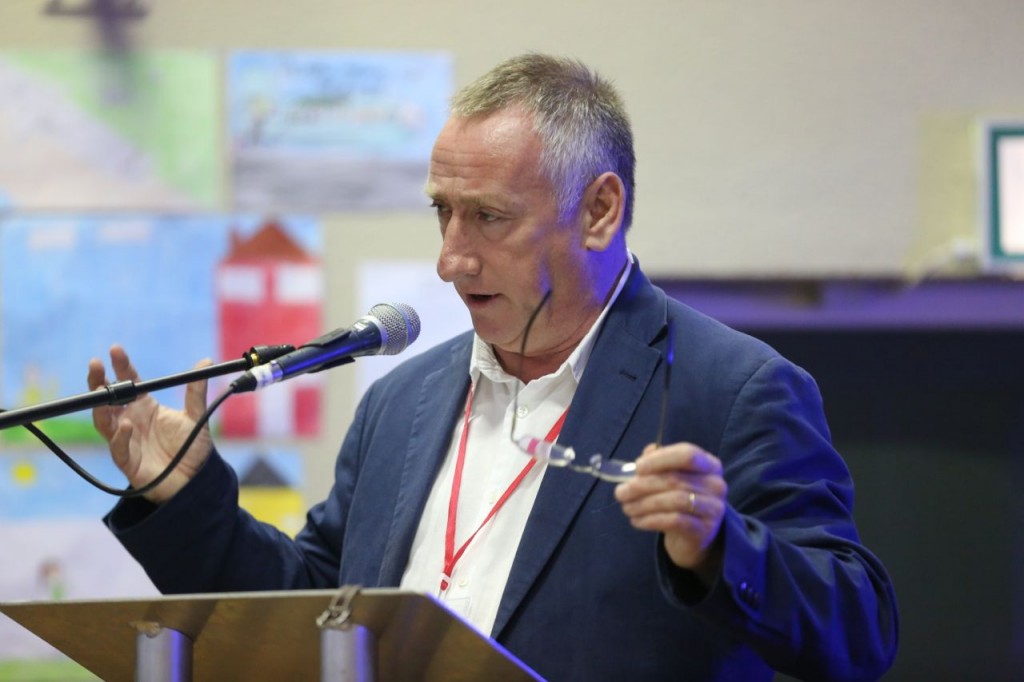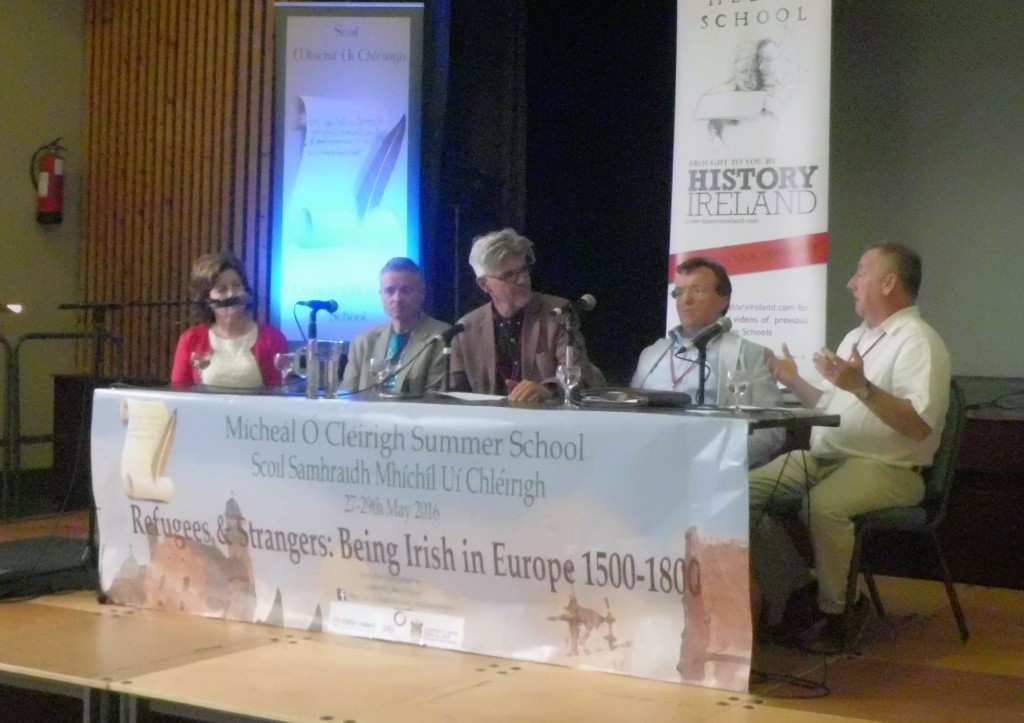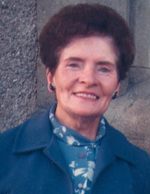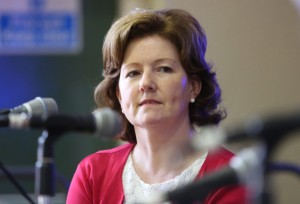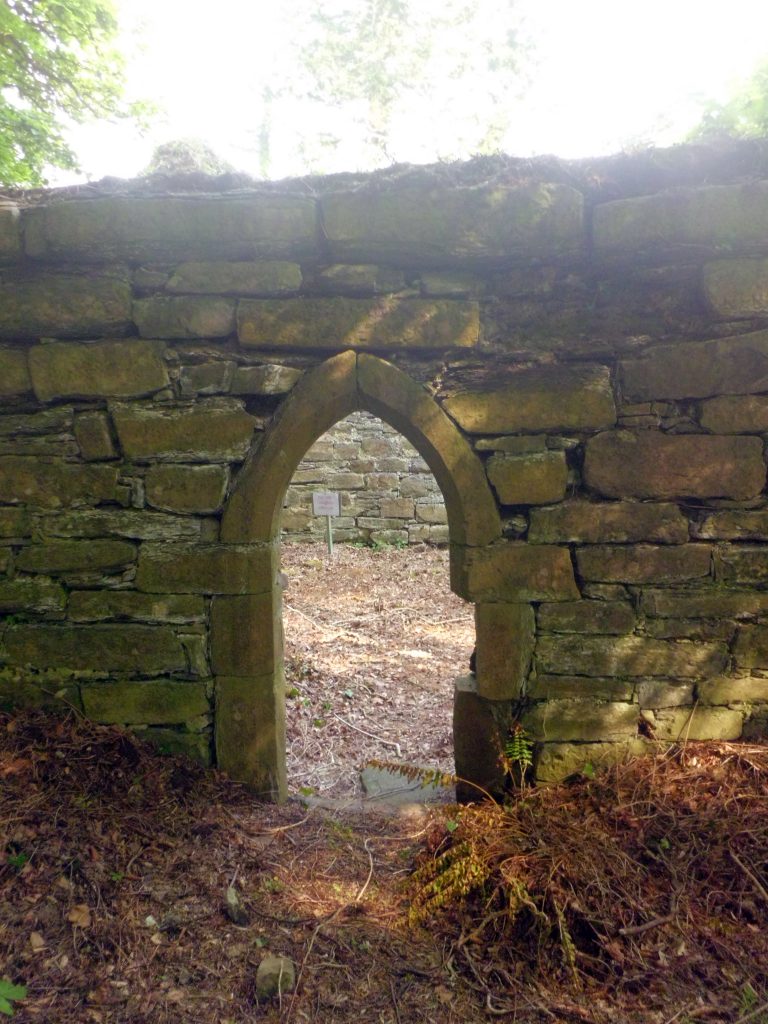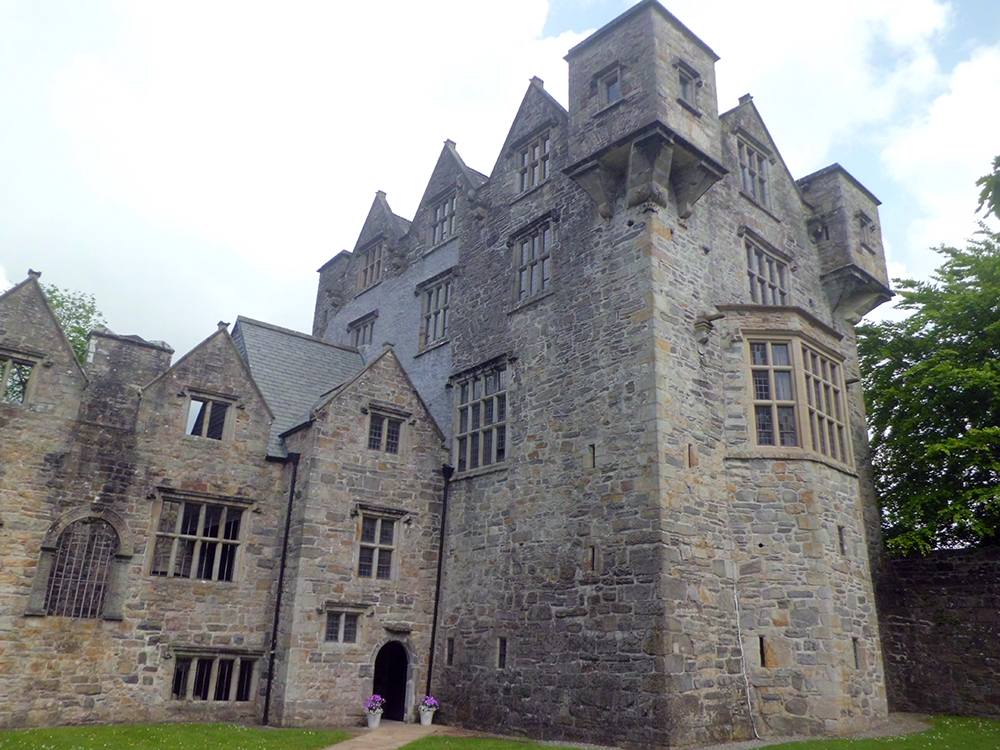Mícheál Ó Cléirigh Summer School 2016
The third annual Mícheál Ó Cléirigh Summer School was held over the weekend of the 27th -29th May 2016. Here is a brief synopsis and some pictures of the events.
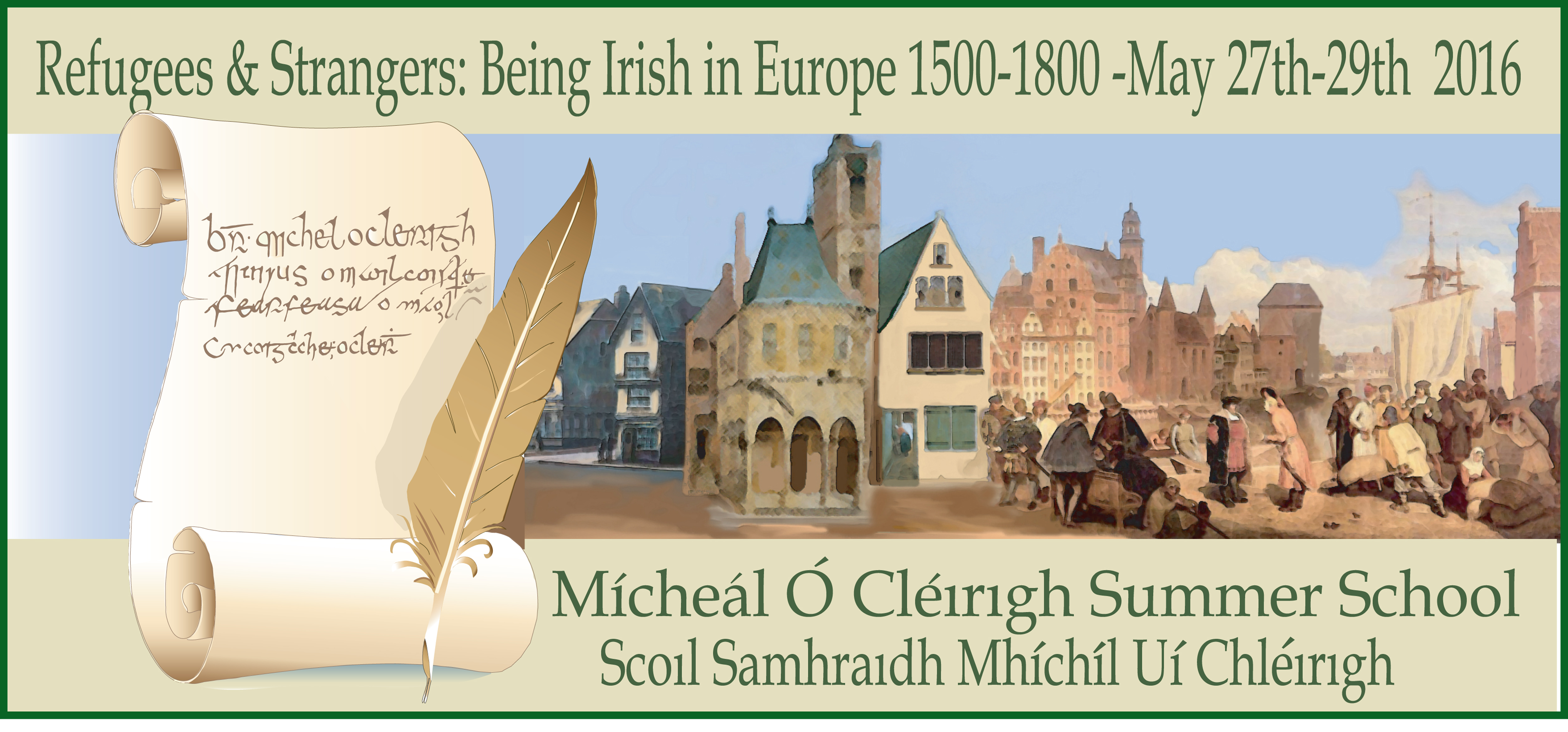
Refugees and Strangers: being Irish in Europe 1500-1800
Europe’s mass migration crisis prompted the theme for this year’s Mícheál Ó Cléirigh Summer School in Rossnowlagh. To Irish people migration is not new. We have been serial migrants for centuries, a theme discussed at the Summer school from May 27th to 29th under the title Refugees and Strangers: Being Irish in Europe 1500 – 1800. This is the third year of the school which was founded to honour the Principal of the Four Masters, Br. Mícheál Ó Cléirigh, born close to Rossnowlagh in Creevy, near Ballyshannon.
Mícheál, along with many thousands of young people from Donegal and from the rest of Ireland, emigrated after the Flight of the Earls in 1607. School cathaoirleach Brian McAuley said: “We sometimes trace the tradition of emigration from Ireland to the terrible situation in which people found themselves during the Great Famine. “The truth is that throughout history, Ireland has witnessed many migrations. We know that monks ‘brought civilization to Europe’ during the Middle Ages; soldiers (Wild Geese) left Ireland from 1500 onwards to join the great armies of Europe; monks and clerics left Ireland during the same period to found colleges in Europe; and today many young people leave our shores to find work in England, in Australia and in Canada.”
Friday 27th May
Local History Project- Hosted by Dr Kelly Fitzgerald UCD
Dr Kelly Fitzgerald: Céitinn Leabhar an tSeanchais: Literary and Oral Interaction in Irish Folklore (UCD School of Irish, Celtic Studies, Irish Folklore and Linguistics) This was the culmination of work begun at the 2015 Summer School where the reminiscences of people from the locality were recorded and will be stored in the Archive of UCD.
Official Opening of the 2016 Summer School
– by Marion Harkin MEP
Marion Harkin opened the 2016 Mícheál Ó Cléirigh Summer School. Born in Balintogher, County Sligo she serves as an Independent Member of the European Parliament for the constituency of Midlands North West, previously serving as MEP for the North West Constituency since 2004. Prior to that she served as an Independent TD for the constituency of Sligo Leitrim (2002-07) It is perhaps significant, given the theme of the 2016 Mícheál Ó Cleirigh Summer School that the person opening the school has been active in her work as an MEP in Brussels in seeking help for those most disadvantaged in the European Community whether they be a small farmer or fisherman in the west of Ireland or someone escaping from war or persecution in the Europe of 2016.
In a very powerful speech she reminded everyone of the tragic events unfolding in southern Europe presently and the poor response- too little too late from the various EU member states who are reacting rather tan being proactive in this human crisis.
Kilbarron Castle Model
A scale model of Kilbarron Castle has been re-constructed using the ground plan made by F. W. Lockwood in 1903. The buildings have been interpreted using research into buildings of a similar age and style used in Irish Tower Houses built in Connacht in the 15th Century. The finished model was unveiled by Madeleine Cleary, who traces her ancestry back to Flann O’Clery a cousin of Lughaidh Uí Cléirigh, the last resident of the castle and last Ollamh to the Uí Domhnaills. (O’Donnells) The castle was described as a ruin on the Down’s Survey maps of 1658 and must have been abandoned sometime before that date though it is not known exactly when Lughaidh Ó Cléirigh left but he was granted land for his lifetime in the area of Glenswilly in the barony of Kilmacrennan in the Ulster Plantation of 1609 in compensation of lands in Kilbarron.
This model of the castle was the brainchild of Madeleine and has been sponsored entirely by her. It is part of the on-going project by Kilbarron Castle Conservation Group to conserve the ruins of Kilbarron Castle the ancestral home of Mícheál Uí Cléirigh, Cú Coigcríche Uí Cléirigh and Conaire Uí Cléirigh.
Aims and Objectives of the 2016 Summer School
The Mícheál Ó Cléirigh School lectures opened on Friday evening with a talk from Professor John Mc Cafferty, Director of the Micheal O’Cleirigh Institute at UCD. Professor McCafferty reminded his audience how the Franciscan Friars had decided that the Irish “saved civilization”. This narrative would compel the order to justify this claim by putting together a definitive listing of Irish saints. This then was the basis of the decision to send Br. Mícheál back to Ireland and begin work on the Felire na Naomh nErennach also known as the Martyrology of Donegal.
Creevy Mummers
The Creevy Mummers were once a familiar sight in the locality on the run up to Christmas each year. Creevy National School decided that they would revive the long tradition but give it a more contemporary look. Although a bit out of season, the youngsters gave the Mícheál Ó Cléirigh Summer School attendees a flavour of their superb performance.

Poet Maureen Boyle ‘The Work of Winter’
Maureen Boyle is an award winning poet who teaches creative writing with the Open University. She read her very evocative poem called ” The work of Winter” in which she imagines Mícheál Ó Cléirigh in Louvain at the end of his life thinking back over it- from his childhood in Kilbarron to his life’s work on the great Irish manuscripts.
Here is a small excerpt of two verses from the poem that reminds Mícheál of his childhood and his home. The complete poem can be found in a book of poetry called “The Yellow Nib” No 7 Spring 2012.
See: Filetoupload,879688,en.pdf (qub.ac.uk)
Those nights I would often long for home, for the white nights
of Donegal
and for Kilbarron, when the sky beyond the mountains would
never go completely dark
and I would sleep to the rhythm of the sea and wake to the
smell of oats bubbling
in the porridge pot and the glimpse of chimney-sky as I helped
my mother, Honora Ultach,
check for birds before the lighting of the morning fires.
We were a perching house, set at the very edge of things,
the castle walls contiguous
with the cliff, precipitous, seeming set one day to tumble
into the waves below.
It was never silent since the sea was always speaking: shushing
us on quiet nights,
thundering in storm, sending spumes of white waves nipping
at the castle’s ankles
like terriers and sometimes showering us with foam
Traditional music from the local area
Musicians of talent
Pictured here is Senan Brennan from Rossnowlagh playing guitar along with fiddle player Clare Gallagher from Kilcar entertained us with a selection of musical pieces from the local area. They were joined by guest Bóhrain player Rossa Ó Snodaigh, originally from Dublin but now living in Co Leitrim. Both Senan and Rossa play in the band Kila.
The entertainment continued until 10pm after which the various parties went to continue the conversation and chat in the Sandhouse Hotel.
Saturday 28th May
Irish Integration into the Continental Nobilities, c.1600-c.1900 (Consciousness of Origin & Cosmopolitanism)
by Dr Declan Downey
On Saturday morning Dr. Declan Downey, lecturer at the School of History and Archives, UCD, talked on Irish Integration into the Continental Nobilities, c.1600-c.1900 (Consciousness of Origin & Cosmopolitanism) relating how the Irish found themselves in prominent positions in the Royal Courts of Europe.
Many of the exiled Irish nobility joined the various continental armies and formed Tercios in the Spanish Netherlands. These included one led by Henry O’Neill who was the son of Hugh O’Neill, the Earl of Tyrone. He continued to lead the regiment until his death in 1610. Afterwards the regiment was nominally led by his younger brother John but in effect led by Hugh O’Neill’s nephew Owen Roe O’Neill.
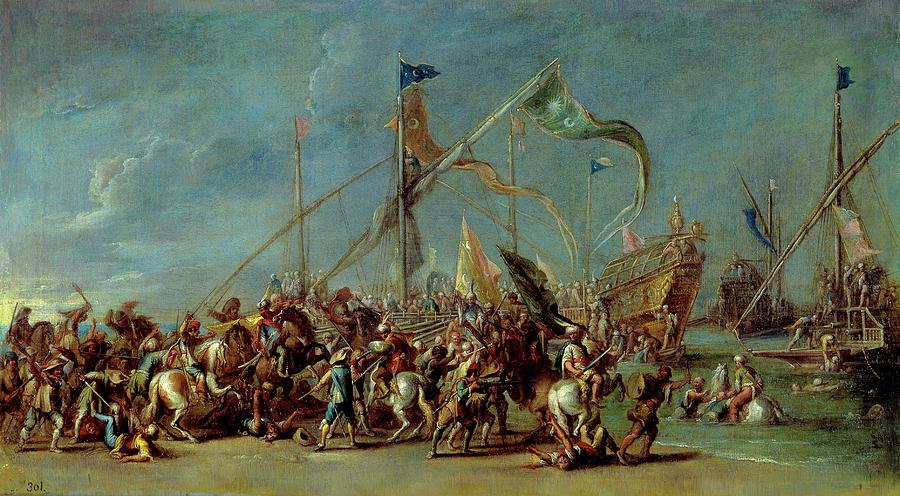
Patterns of Irish Migration 1690-1820
By Dr. Paddy Fitzgerald
Dr. Patrick Fitzgerald is Lecturer and Development Officer at the Mellon Centre for Migration Studies at the Ulster American Folk Park and an Honorary Research Fellow in History at Queen’s University Belfast. In 2008 he co-authored with Dr. Brian Lambkin Migration in Irish History, 1607-2007.
His talk about Emigration from the Northwest of Ireland including the counties of Donegal, Fermanagh and Tyrone in the 17th and 18th century discussed the movement of people into Ulster and later many of their descendants continued this movement by emigrating to the New World often leaving from such ports as Sligo.
Schools Art Competition 2016- “Leaving Home”
The primary school art competition has become a very popular and exciting part of the summer school. It provides an opportunity for the young people in the area to take part in the school’s activities. The subject of this years competition was “Leaving Home” which evoked a very diverse series of images from the pupils who took part in the competition. The work of the pupils was displayed in the Franciscan Friary Hall, Rossnowlagh, during the weekend. Prizes were awarded to those successful in the four categories. First, Second & Third places with a number in each were awarded Highly Commended Certificates.
Gael Thar Lear san 18ú Aois
Don chéad uair a Bhí an Scoil Samhraidh gné seisiún as Gaeilge, an teanga ina tháirgtear Mhichíl Uí Chléirigh Annála na gCeithre Máistrí. Bhí dealbhóir Cliodna Cussen labhairt faoi a “Gael Thar Lear san 18ú Aois”
For the first time the Summer School featured a session in Gaeilge, the language in which Mícheál Ó Cléirigh produced the Annals of the Four Masters. Sculptor Cliodna Cussen, spoke about The Gaels abroad in the 18th Century
Refugees Today – History Ireland Hedge School Panel Discussion
On Saturday afternoon there was a Hedge School with a panel discussion hosted by Tommy Graham, editor of History Ireland. The panel consisted of Dr. Marion Lyons, Professor John McCafferty, Dr Declan Downey and Dr Paddy Fitzgerald, He invited the audience to discuss Ireland’s current response to emigration and immigration within the European Union. The desperate plight of the many Syrian and other peoples trying to flee war torn areas of Asia and Africa has led to a fear in many European countries that their identities might be lost, a fear being exploited by far right politicians and parties across Europe. The discussion was lively and many historic precedents were discussed. A fuller account of the proceedings will be published later in the 2016 Mícheál Ó Cléirigh Summer School book.
The Lucius & Kathleen Emerson Memorial Lecture
The school this year remembered in a special way the major contribution to local history of the late Lucius and Kathleen Emerson. The introduction to the lecture was given by local historian and close friend of the couple, Anthony Begley, who reminded everyone about the great contribution that both of the Emersons gave to local history and to the Donegal Historical Society.
Lucius Emerson (1911-2005) was born in Monaghan town but his family moved to Portumna in Co Galway where he received his early education. He came to Ballyshannon in 1936 as a woodwork teacher in the Ballyshannon Technical School. He had an abiding interest in history and was a founder member, of the County Donegal Historical Society, Trustee and Curator of the Society Museum at Rossnowlagh.
Kathleen Emerson (1920-2004) gave outstanding service to County Donegal Historical Society and filled the role of Secretary for 44 years. She was an outstanding administrator whose meticulous attention to the needs of members and to the needs of the Society, was appreciated by all who had the pleasure to come in contact with her.
The Irish in Europe: Strangers and Citizens
Keynote Speaker -Dr. Marion Lyons
Dr. Marion Lyons, co-author of works on early Irish migrants in Europe, gave the keynote address on how the Irish found themselves as strangers in Europe but also became citizens. Dr Lyons is a professor of History at NUI Maynooth or Maynooth University.
She spoke about the way Irish people began to integrate into society in various European states in the 17th and 18th Centuries. They were not always escaping from political or religious oppression but were as likely to be traders in commodities, sending ships back to Ireland to trade in fish or agricultural produce. Later many of these trade routes were closed by the English government but were often supplanted by illegal trade looked kindly upon by the gentry who continued to appreciate continental fashions and wines.

Conference School Dinner & Entertainment
As in previous years, there was a conference dinner, known as the School Dinner and musical evening at the Sandhouse Hotel, Rossnowlagh, on Saturday evening, 28th May. Here are some pictures of the evening.
Sunday 29th May
Tour of the Four Masters Historical Sites
A bus tour took place on the morning of Sunday 29th, when many of those attending the weekend conference visited sites in the locality associated with the Four Masters. This year the tour visited places in or around Donegal town including the site of the ruins of Magherabeg Monastery, the ruins of the Franciscan Friary situated along the quay in Donegal town.
Lastly the group was given a guided tour of Donegal Castle the premier castle of the O’Donnells from the 15th Century onwards until the early 17th Century.
Magherabeg Monastery is situated just south of Donegal town. It islocated on private grounds and the group were given special permission by the owners to visit the ruins. The monastery was founded in the 15th Century for the Tertiary Order of the Franciscan, lay brothers who administered to the poor and needy in the local area. After the dispersal of the friars in the early 17th Century the lands of Magherabeg were granted to Sir Ralph Gore.

Donegal Franciscan Convent was founded in 1474 at the request of Nuala O’Connor, wife of Aodh Ruaidh O’Donnell, chief of Tír Chonaill, Tír Chonaill was the original name for much of what is now known as County Donegal but it also included parts of Counties Derry, Tyrone, Fermanagh, Leitrim and Sligo. The O’Donnell chieftains had ruled Tír Chonaill for over two hundred years. Nuala sought permission to have an Abbey established in Donegal and made the request to the Franciscan Provincial Chapter meeting being held at Ross Friary, near Headford, Co. Galway in that year.
Donegal Castle was built in the year 1474 by Aodh Ruaidh Uí Domhnaill I (Red Hugh O’Donnell I) who intended for it to be his personal fortress. At the same time, he and his wife, Nuala, built a Franciscan monastery further along the river. The castle became the main residence of all the O’Donnell chieftains up until the Flight of the Earls in 1607. The castle was subsequently granted to Sir Basil Brooke who extended the castle by adding a Jacobean styled residence beside the original tower house. The building later became the property of the Earls of Arran. It was sold to the Office of Public Works in the late 19th Century. The Castle was partly restored in the 1990s.
